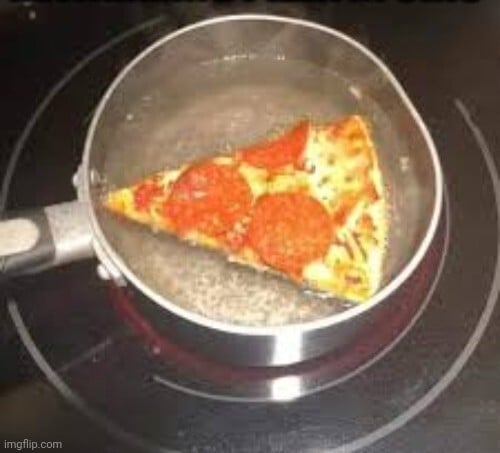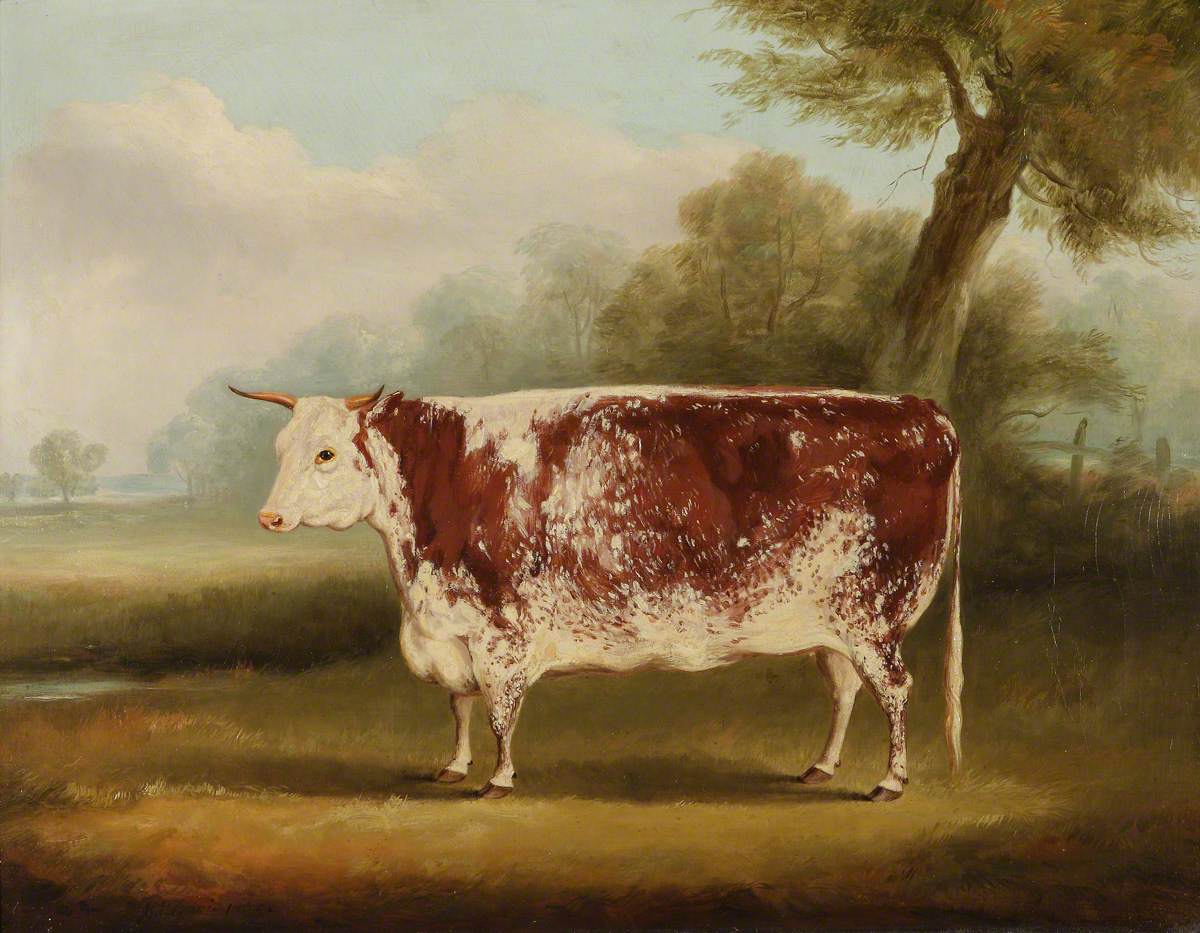There is something similar but not quite. Masa is made from nixtamalized corn, but the process to make fresh masa means pulverizing the moist kernels into a dough. Then, to store for later use, the dough can be dried and ground into a flour: masa harina (literally “dough flour”).
The gluten does not come back if u pulverize it. You’ll likely end up someone terrible.
They might end up making a pretty crappy load of bread but it’s a bit much to imply they’ll become a bad person because of this.
I’m going to edit but not change the context cause this made me smile.
You made shitty bread, when you could have made good bread. Straight to Jail.
I’ve heard of some bakery somewhere doing “recycled bread”, where they supposedly take the leftover bread that didn’t sell that day, dry it out, grind it up, and mix it with fresh flour to make new bread, but I don’t know for sure if the story is real.
It’s common in Germany
If a real thing in Mexican bakeries. They’ll take all the stale pan dulce, waiting till they become very dry, and grind them into a flour, or fine chunks depending on the bakery, and mix them in with fresh dough to create a cinnamon flavor pastry called a “piedra”, or rock in English. They have the texture of a scone. They’re pretty good. my dad loves them.

TIL
Its a real thing, there’s a term for it if i can find it.
Edit; Pate Fermentee, or “old dough”, setting aside a hunk of dough from todays batch to mix into tomorrows for extra flavor
Theres also a method called a “soaker”, using stale bread in water, breaking it down, and remixing it into a new dough
That’s somewhat different. They aren’t taking stale bread and reusing it to make new bread, but rather a portion of the raw dough from a previous batch is saved and added to fresh dough. It’s meant to add a bit of fermented flavor, without quite being a sourdough. It’s more in line with preferments like poolish and biga.
Not really, no - entropy is one-way at the macro scale.
The flour absorbed water, and combined with kneading, produced gluten (and was baked, causing more chemical changes).
Grinding it all up wouldn’t reverse that process - it would just be ground up bread.
With enough energy you certainly could, even if that meant breaking everything down to their constituent parts chemically and doing stuff like reconstructing proteins from amino acids. This isn’t reversing entropy but you could back the original ingredients, with some Ship of Theseus stuff happening with the matter involved.
Breadcrumbs. Panko if fortunate.
Or croutons.
i did this! yes.
How was it?
pretty rough and crumbly and crappy.
it was impossible with the kitchen tools I had on hand to grind it into a fine enough flour to my liking, I just had a generic blender, but my whole reasoning for the experiment was “i bet I could make bread out of bread.”
and it was moderately successful in that regard. what emerged was properly identified as bread.
although I chucked most of the loaf in the trash because that was its flavor profile.
I feel like you should have included some of the caveats in your original comment!
i was pretty lazy about it, I’d like to see the results of other breadsperiments.
So a regular blender wasnt enough, hmmm. We need to get the NileRed of baking on this. I want video evidence now that you’ve given us the proof of concept.
Someone call Joshua Weissman
Actually I know somebody who makes cake out of it.
I haven’t tried it. I can only assume you won’t get much gluten development. It might be more crumbly and dense, like cornbread, I would think.
Yeah but the texture would probably suck
Croutons are cooked twice with no problems. Once the bread gets stale it probably grinds easily.
There is probably a law of diminishing returns in here because bread contains other ingredients as well (salt, yeast, etc.) and after a while the chemistry of baking will be out of whack.
Yes and no.
Once baked the gluten, starches and really most of the things in the bread change irreversably.
If you were to make bread, dry it, grind it down to a flour, and try to use that to make the exact same bread it will not work, at best you will get a very dense clump, at worst it will just crumble back to dust.
But, ask the jewish people about passover and you will find out that cooked bread grinded back into flour can be used in many dishes (Matza flour) Some of which are a different kind of bread, but they do need a new binder since the gluten is denatured, so usually they use eggs.
For example matza balls can be considered a type of twice cooked bread, once in the oven, then grounded to flour, and then cooked again in water.
Binging with babyish on YouTube tried this not long ago when trying to make cheeseburger pizza or something. It wasn’t great
Not without other ingredients. The flour has undergone an irreversible change.
Only if you are a level 99 necrobaker
If the bread is just stale you can restore it by wetting it and heating an oven or microwave.
Partially restore it. At best, you put about 60% of the water into the starch crystals that the bread had when it was fresh. It’s a massive improvement, but it’s not hard to tell which is which in a side-by-side comparison.
During COVID lockdown I had plenty of yeast but very little flour, so I bulked it out with about half Matzo meal, which isn’t breadcrumbs but the flour has been cooked. It wasn’t great, but it loafed enough to slice and make sandwiches or toast.












